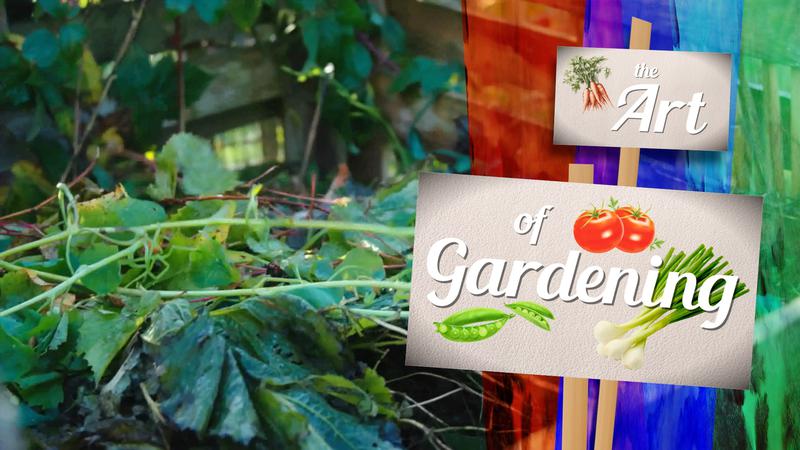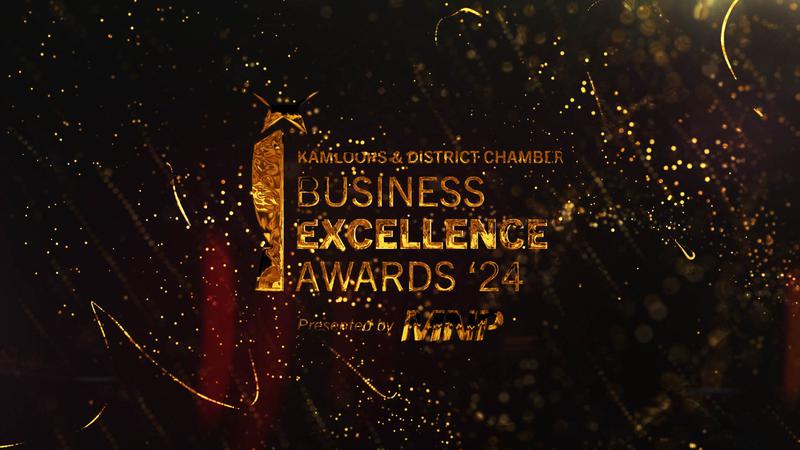
Friendly Rivalry: Rogers Cup cities Toronto and Montreal a contrast in style
MONTREAL — Daniel Nestor always loved coming home to play tennis in Toronto.
He learned the sport there and recalls taking the bus up to York University as a kid to watch world-class matches every summer.
But after he turned pro, there was something special when his journey took him to Quebec.
“We all know that the (Rogers Cup) tournament is better in Montreal,” Nestor said. “Most of the players would admit this.”


